You either make a mobile and call it a flagship killer or go ahead a make a flagship device and make it really tough to be killed. So that is what the LG G4 is, in one line. LG G4 was not born in a day. It was and incremental innovation since the days of LG Optimus. Back in 2010 when I reviewed an entry level variant of the LG Optimus, I liked its choice of design language. Today with the LG G4, my opinion has not changed much, in that aspect. LG continues to innovate and strives to get the design right and the LG G4 is a milestone in that path.
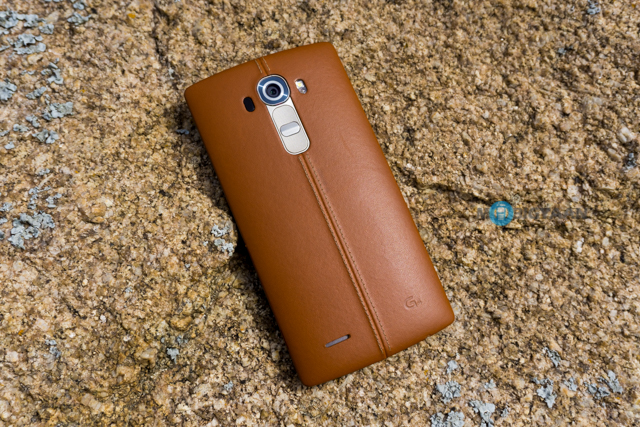
Design
LG G4 is a direct successor to the G3. It has thin bezels surrounding the display in the front. The corners of the mobile are smooth with natural curves. The display has a very gentle curve to it. The curve is not as prominent as in the G flex, but it is suble. The curve does not give you any sort of immersive experience, but it protects the screen from direct contact with the surface when placed down. Also the radius of the curve is inline with facial contours and when you hold the mobile to talk, it feels natural and comfortable. The sides of the mobile has chrome finish plastic and I wish it was made of real metal. At the top it has the IR blaster and the bottom has microUSB port, 3.5mm headphone jack and mic. There is nothing on the sides. The volume buttons and the power buttons are that the back. The power button has smooth finish while the volume keys have a texture. Both the placement and the design of these buttons are very convenient and gives me a feeling that we have been doing it wrong all these years. The lens at the back is flanked by laser emitter and single LED flash along with color spectrum sensor. The speaker grill is at the bottom. The speaker is pretty loud and clear.
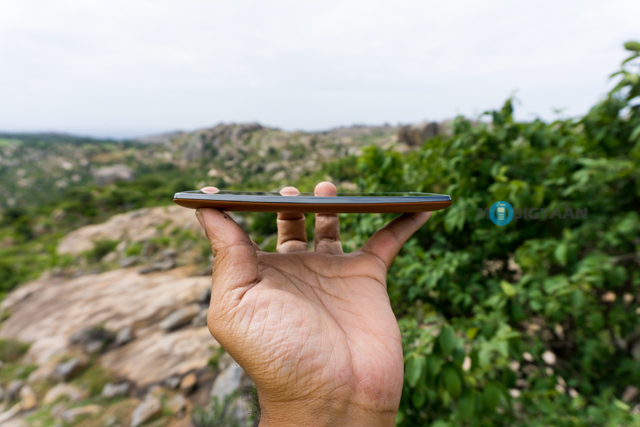
The back of the mobile is very unique to LG G4. My review unit has the G4 signature leather back and I really loved it. Alternatively it also comes with plastic back, but I would prefer the leather. I have my doubts on the longevity of this leather back though. To sum it up, the LG G4 has a very impressive design. It marks a clear style statement and offers comfort with its ergonomic design and smooth contours.
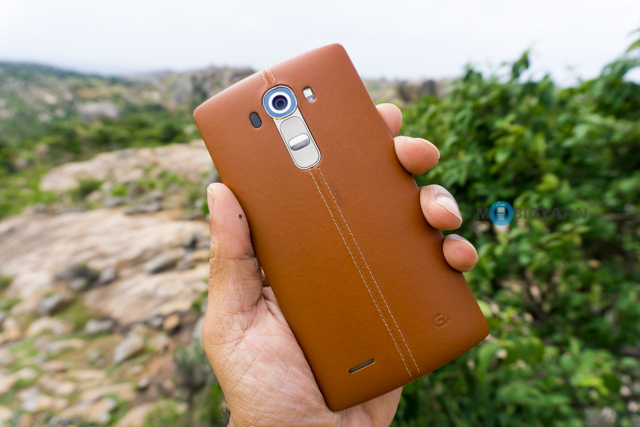
The back is removable. The back cover holds the NFC tag. Underneath the cover is the 3000 mAh removable battery, single SIM slot for the micro SIM and a microSD card for memory expansion. I love the fact that this mobile has managed to maintain a slim profile inspite of all the above mentioned and to top it, it has done away with the need for any SIM pin or key to eject the SIM card. The review unit was made for Korean market and it did not support 4G LTE in India. But the Indian retail unit supports 4G LTE.
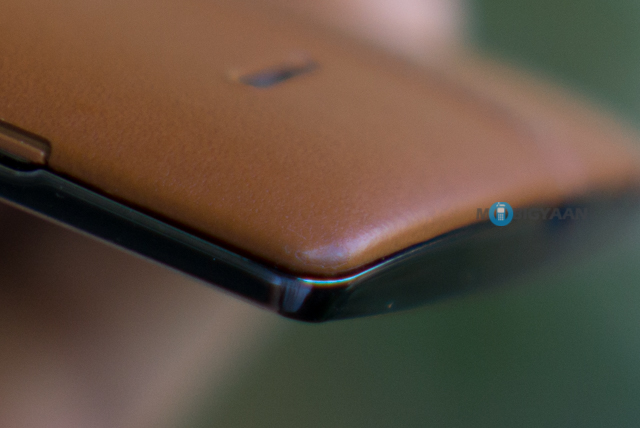
Display
LG G4 has a 5.5 inch IPS LCD Capacitive display. The screen can support 1440 x 2560 pixels of resolution which amounts to ~538 ppi pixel density. It is protected by Corning Gorilla Glass 3. The display has very good brightness and contrast level. The Black levels are low and the contrast level is high. With all this, the display is very vibrant and the images never appear washed out. Also the display is in-cell, which means that the display is very close to the glass and gives an impression that you are actually touching the UI to interact with it. The viewing angles are not bad. The color reproduction is really close to be called as accurate. It is not over saturated and excessively vibrant like in the Samsung devices. It is farely neutral and being neutral, the colors are not washed out and that is what really stands out in the LG G4. Overall, LG G4’s display is impressive.
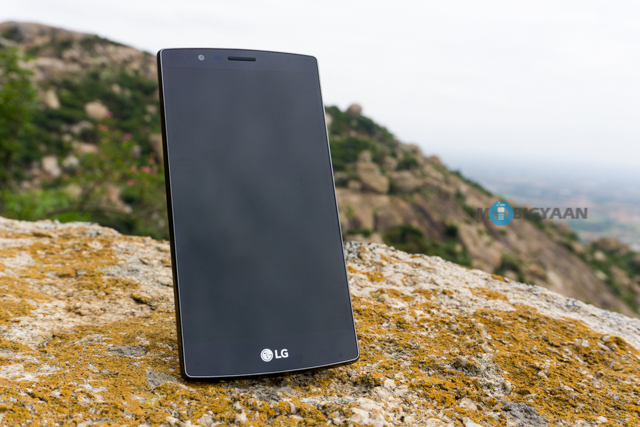
Under the hood
LG G4 is powered by the new Qualcomm Snapdragon 808 MSM8992 processor. It has 2 ARM Cortex A57 cores and 4 ARM Cortex A53 cores in the CPU. For the graphics, it has the Adreno 418 GPU. While all this may seem to be a stripped down version of the Snapdragon 810, I would say that LG has made the best choice by opting for the 808. The 808 has better performance in real life scenarios and it is a proof that more cores does not mean higher performance. With a combination of 808 SoC and LG’s software optimization, the G4 is a rock solid performer. G4 has 3GB of RAM and I can see that the start up time for most apps are really quick. The UI is handled with ease and the processor handles the OS with utmost grace. On a few occasions, I noticed frame drops while playing intensive games like Asphalt. Generally the device does not heat up and CPU throttling is very graceful. It performs exactly like how a flagship device is supposed to perform and I have no complains in that.
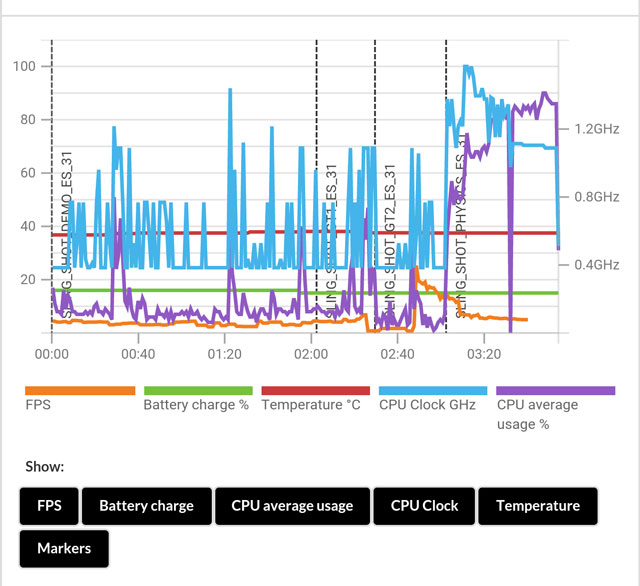
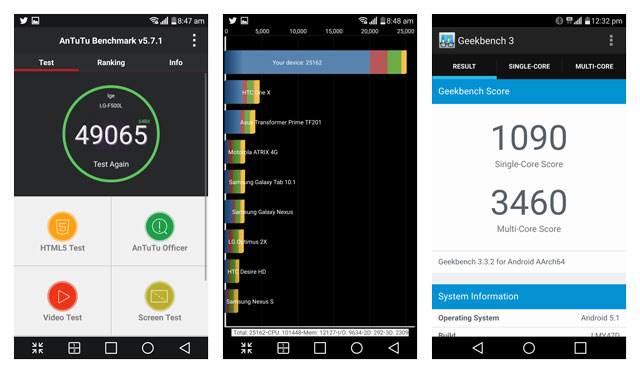
Camera
LG G4 has the near perfect camera that can be justifiably called the Ideal Smartphone camera in a flagship device. Technically it has a 16 MP rear shooter with a IMX234 sensor and a pixel size of 1.12 µm. The max aperture for the lens is f/1.8. The front camera has a 8 MP T4KA3 sensor with a max aperture of f/2.0. LG G4 continues to inherit the laser auto focus from LG G3. Basically a laser autofocus system is a modified version of the proximity and light sensor found in any smartphone. The laser sensor emits 850nm laser to assess the distance of the subject and then adjusts the auto focus mechanism accordingly. All this happens very quickly and thats why laser AF systems are fast and accurate compared to the traditional contract detection system.
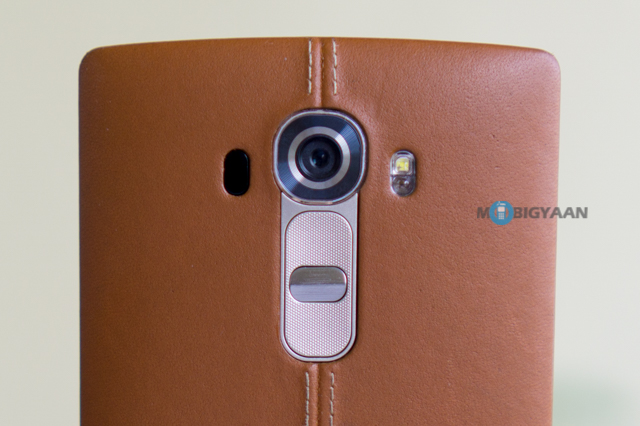
LG G4 has Optical image stabilization which is effective for videos and low light still images. Also just below the LED flash, you would find the color spectrum sensor. This sensor helps in light source detection and adjust the color temperature for the white balance. The color spectrum sensor ensures that you have the accurate auto white balance in every shot. So bundled with a set of hardware which even the high end cameras lack, the LG G4 camera setup definitely looks great. But what about the images shot with it?
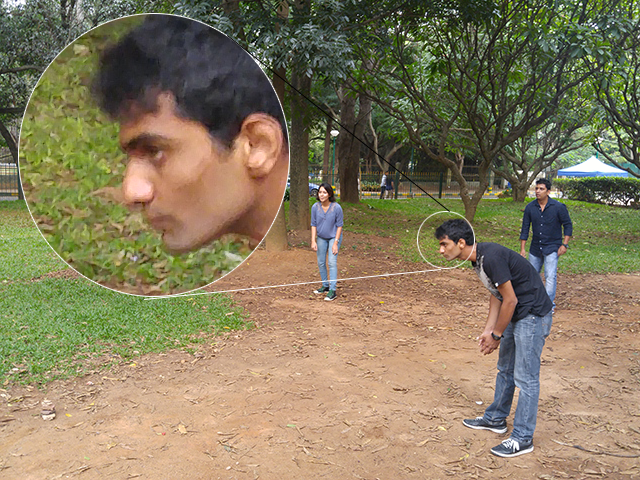
The images from the LG G4 has a strong sharpening algorithm applied to it, even when there is ample light. Coupled with OIS and a large sensor, there is no need for such sharpening algorithms. The picture have an oil paint effect and that is not desirable. Anyways you would notice it only when the picture is zoomed beyond 100%. It is a great shooter under low light conditions. The exposure levels and white balance is pretty accurate in all the conditions. At times even the laser autofocus hunts for the focus subject and struggles to locate the right point of focus. Other wise the camera is pretty fast and accurate. The image quality speaks for itself and it offers better quality of image compared to the Samsung Galaxy S6 or the iPhone.
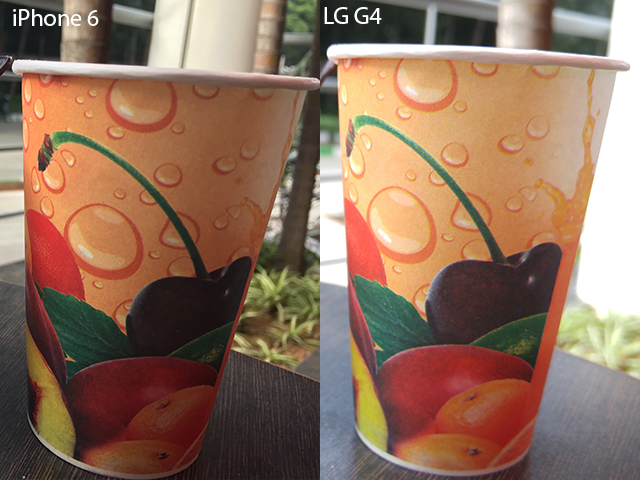
Video recording capability is not a strong suit for the LG G4 and the S6 of iPhone 6 plus offers better video recording capability. The slow motion mode is really buggy. Optical image stabilization works, but it keeps jumping and finding a new reference frame very often. It has 4k video recording capabilty, but like the 1080p videos, it maxes out at 30 fps. Wish the G4 had 60fps or more. Video recording is probably the only area where the LG G4 falls short of its stance.

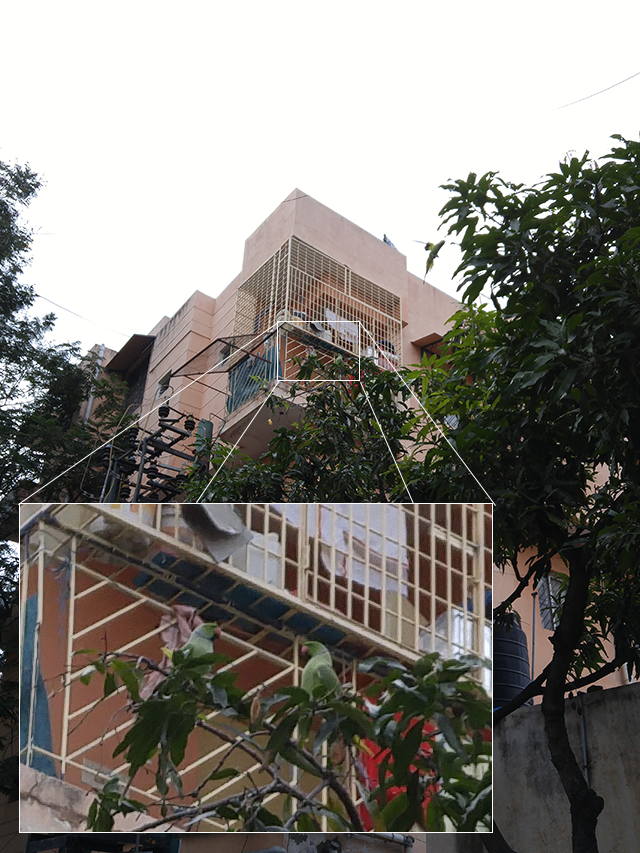
The Camera application can be launched by tapping the volume button twice. It opens the app and quickly shoots the frame. There must have been an option to disable clicking a shot, but just open the app on double tap. The camera offers simple, auto and manual mode. Also the location of the items in the settings were a bit weird. To change the video recording resolution, i had to go into the image resolution setting and find it by chance. But the manual mode is quite easy to use. I really had fun playing with the manual mode, yet I have something to complain about. The G4 offers RAW mode shooting, but there are no camera profile available for lightroom to detect the anomalies in the camera and rectify it. I never played with the RAW mode after seeing that it is practically useless. The LG G4 camera is near perfect. In most real world situations, the camera gives out brilliant results. If there is any competition out there for the G4’s camera, that would the the beastly Lumia 1020, iPhone 6+ and the Samsung S6. Again the difference is marginal and I would prefer the LG G4’s camera if not the 1020.
Check out the Camera Samples on my flickr album
Software UI
LG G4 runs on Android 5.1 with LG UX 4.0 skinned on top. The LG UX offers heavily customized experience as most of the native android application has been replaced by LG’s version. As certain places they have used pastel colors and in other places bright colors and that gives a inconsistent look and feel. Though it runs on Android Lollipop, there is no material design in the LG UX 4.0. LG has taken the user experience in their own hands, rather than relying on AOSP Android and this has resulted in good results. I liked the lock screen animations. Also the Notification shade is quite intuitive and easy to use with its big bright icons. The calendar app is much better than the native android calendar. The dialer app deserves special credit for being available quickly when needed and aiding in dialing. The dialer also has inbuilt voice recording. The dialer also integrated video calling.
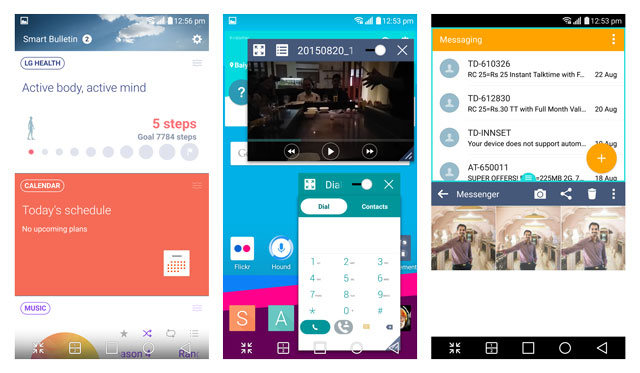
I found the dual window feature to be very useful, but not all apps are supported. The QSlide apps opens upto 2 apps in small windows cascaded on the screen. Though not very useful, it is a nifty feature. Also little things like the copy drawer, where you can have all the copied items, is very useful. LG UX also has smart setting, whose functionality is very much limited to weather alerts and location based sound profile. The QR Remote is a feature which I never used or didn’t find it useful. But I liked the LG health app. G4 does not have heart rate monitor, but the pedo meter works perfectly and on the downside you have to carry the mobile with you to make it work. If you have a LG wearable, it works with it seamlessly.
LG has also gone a step further and replaced Google Now screen with LG Smart Bulletin. It has widgets for health, calendar, music, smart settings and Qremote. It is not as useful as the Google Now, and there could have been an option to replace it with Google Now. Also OK Google voice command does not open Google search. LG does not have themes to offer customization. But the system icons can be changed. Infact, I have changed my whatsapp icons with a personal photo. At the end of the day there is very little in the LG UX to ring bells and whistles. It does not excite and makes me crave for a Google Play Edition (GPE) LG G4.
Battery
The LG G4 has a 3000 mAh battery and it is user replaceable. It lasts for a whole day (average 23:14 hours) and if your usage is not intensive, it may even run into the second day. LG offers battery saver features which kicks in when the power left is 15% and the background processes are restricted, giving the battery a bit of a stretch. The Geekbench battery score is 3097 and it tool more than 5 hours for the battery to run out of juice from 100%. Also the average charging time is 1 hour and 45 minutes. The absence of quick charging in the G4 is really felt when you are on the run. Also another screaming question: “Where is wireless charging gone?” LG had wireless charging in slim devices like the Nexus 5 and why did they device to strip it away in the G4? Anyways those are additional good to have features. The core battery performance of the LG G4 is satisfactory.
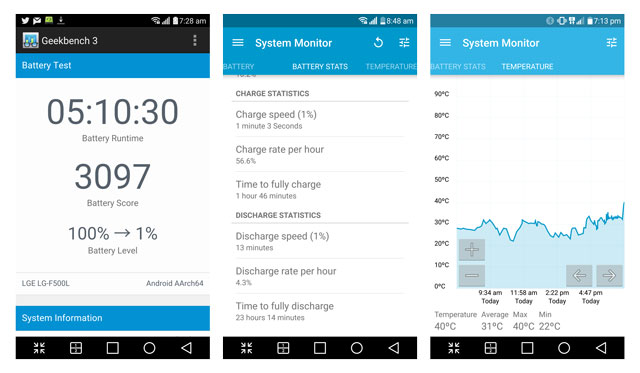
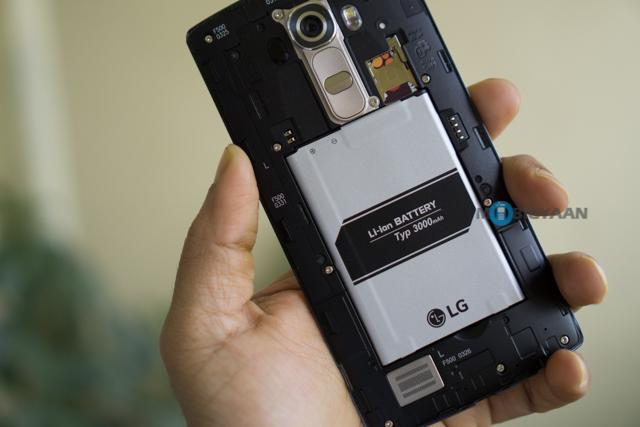
Verdict
LG G4 is how a flagship device must be. It has the best of everything that LG could possibly bring to the table at this point in time. The decision to go with the Snapdragon 808 rather than the 810 is a master stroke. The hardware specifications in the G4 is sufficient to take you through the daily tasks of a smartphone, effortlessly. The LG UI is not bad either. Though it lacks finnesse, it is much better than TouchWiz or Rachel UI. The G4 has a superior camera with top of the line focusing and color calibration system compared to any other mobile in the league. It also has a battery that takes you through the whole day. The design of the mobile is not unique, but the leather back could add a bit to the fashion statement. If there is any mobile that would come close to be called “better than the LG G4”, it would not be the Oneplus 2 or HTC One m9+ or even the iPhone 6 plus, but it would be the Samsung Galaxy S6. If you are looking to buy the best flagship device out there, you should be confused between the S6 and the G4, but my pick would be the LG G4.

![Apple iPhone 6S pre-orders may begin on September 11; Release expected on September 18 16 The rumored iPhone phablet might be delayed for 2015 or even later [Report]](https://www.mobigyaan.com/wp-content/uploads/2014/04/Apple-iPhone-logo-e1398178237151.jpg)